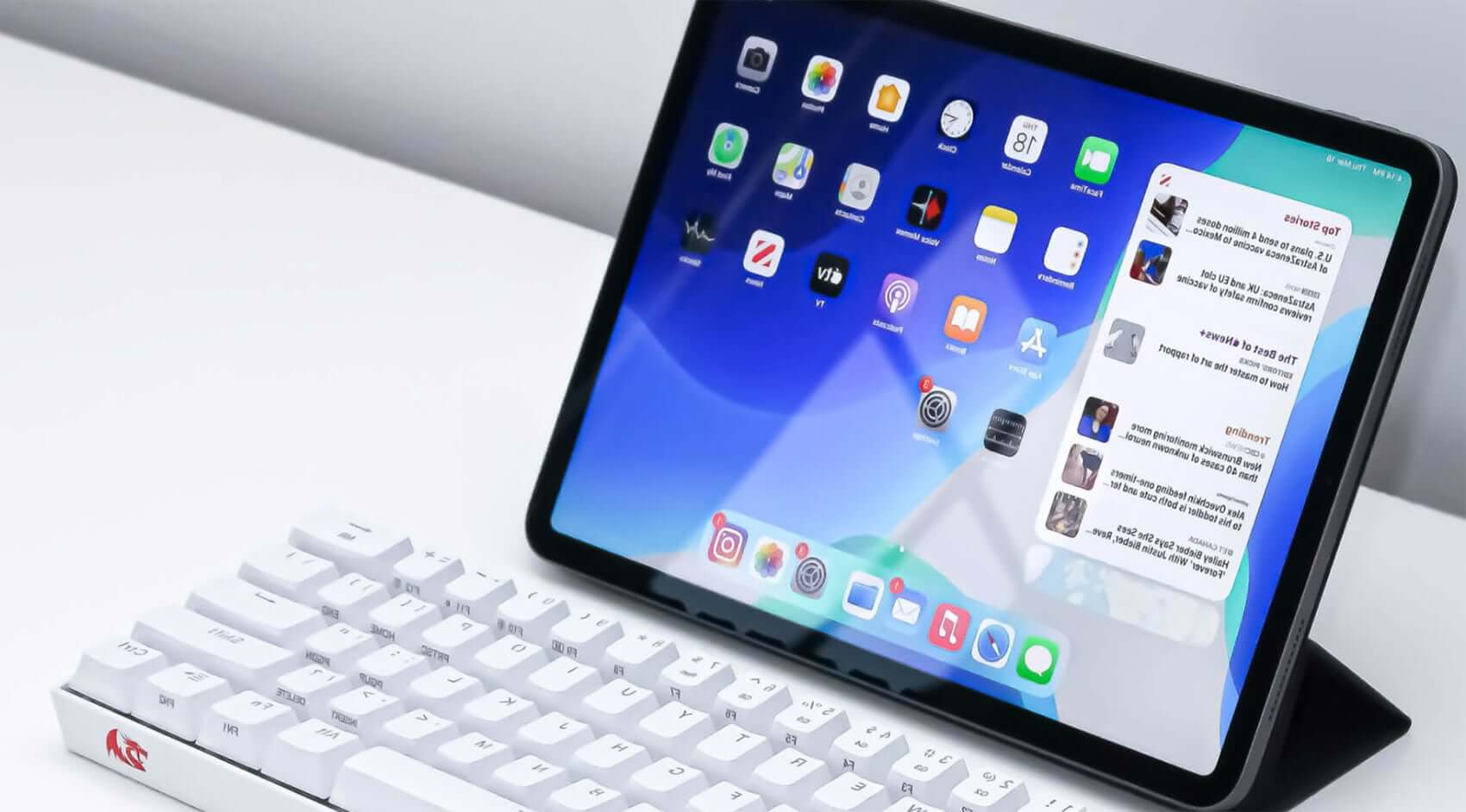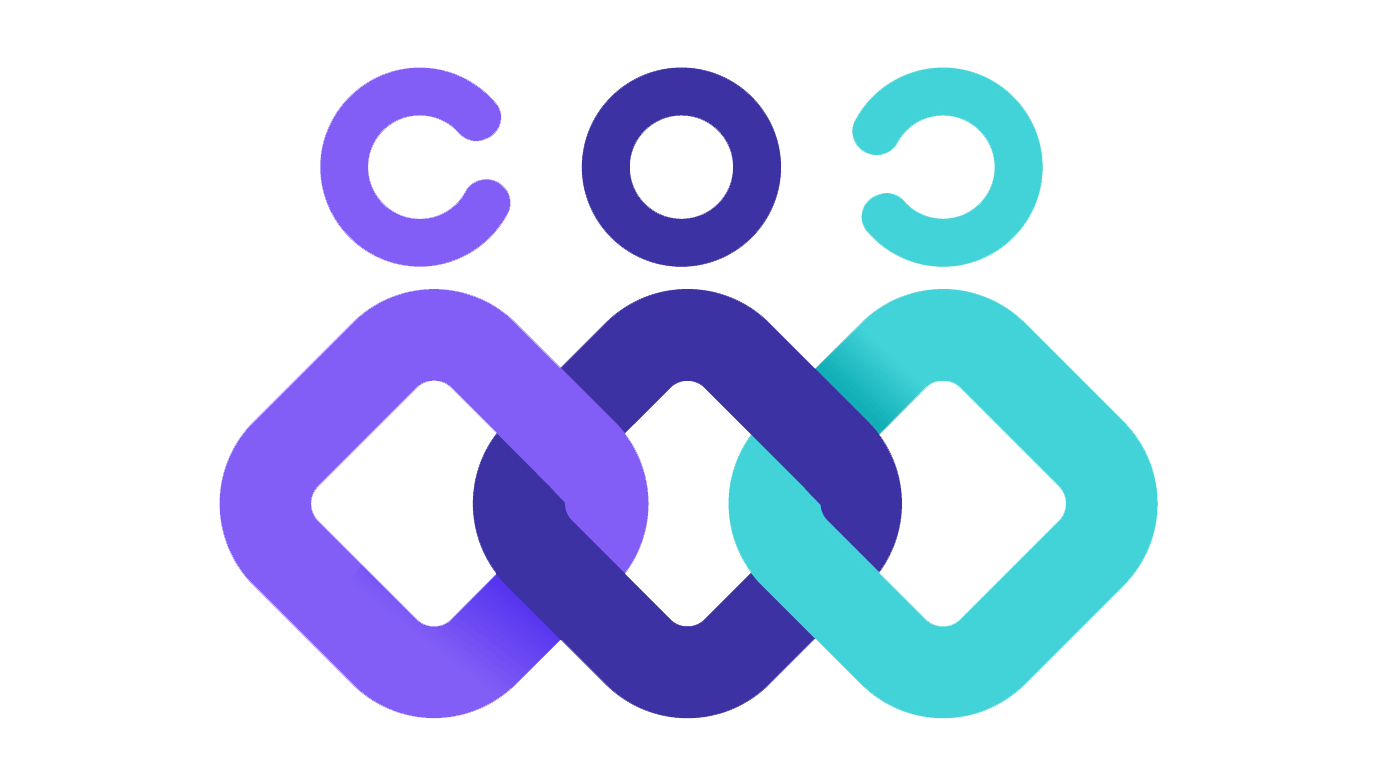- Home
- Product
-
Product Overview
Team Insight combines performance management, recognition, and local rewards in a single loop — so teams grow fairly, stay engaged, and feel valued.
PRODUCT
Employee Performance Management Software
Tools to improve performance and growth tracking.
Employee Recognition & Rewards Software
Build positivity by valuing daily wins.
Employee Engagement Software for SMEs
Drive productivity with clear access and accurate tracking.
OKR & KPI Software for Small Teams
Tools to improve performance and growth tracking.
-
- Resources
- Capture leads and make buying easySed ut perspiciatis unde omnis iste natus error sit voluptatem accusantium doloremque laudantium, totam aperiam, eaquecy epsa abillo inventore veritatis architecto beatae
- Complete documentation
- Working materials in Figma
- 100GB cloud storage
- 500 team members
- Complete documentation
- Working materials in Figma
- 100GB cloud storage
- 500 team members
 Capture leads and make buying easySed ut perspiciatis unde omnis iste natus error sit voluptatem accusantium doloremque laudantium, totam aperiam, eaquecy epsa abillo inventore veritatis architecto beatae
Capture leads and make buying easySed ut perspiciatis unde omnis iste natus error sit voluptatem accusantium doloremque laudantium, totam aperiam, eaquecy epsa abillo inventore veritatis architecto beatae- Complete documentation
- Working materials in Figma
- 100GB cloud storage
- 500 team members
- Complete documentation
- Working materials in Figma
- 100GB cloud storage
- 500 team members
Capture leads and make buying easySed ut perspiciatis unde omnis iste natus error sit voluptatem accusantium doloremque laudantium, totam aperiam, eaquecy epsa abillo inventore veritatis architecto beatae- Complete documentation
- Working materials in Figma
- 100GB cloud storage
- 500 team members
- Complete documentation
- Working materials in Figma
- 100GB cloud storage
- 500 team members
 Capture leads and make buying easySed ut perspiciatis unde omnis iste natus error sit voluptatem accusantium doloremque laudantium, totam aperiam, eaquecy epsa abillo inventore veritatis architecto beatae
Capture leads and make buying easySed ut perspiciatis unde omnis iste natus error sit voluptatem accusantium doloremque laudantium, totam aperiam, eaquecy epsa abillo inventore veritatis architecto beatae- Complete documentation
- Working materials in Figma
- 100GB cloud storage
- 500 team members
Latest Product Updates
Strong Signals
Accelerate Your Monitoring Efforts with ‘Team Insight,’ an AI-Powered Solution.
Smart Ideation
Enhance Your Creative Process with GenAI-Powered Ideation.
Knowledge Hub: Articles, Webinars...Explore our blog, webinars, and case studies to stay informed. Visit the Help Center for all the resources you needContent summary: Discover insights and expert advice through our blog to stay updated with the latest trends and solutions.
Discover insights and expert advice through our blog to stay updated with the latest trends and solutions.
Join our webinars for expert-led discussions and real-time learning from industry leaders.

Explore our case studies to see how our solutions drive success in real-world scenarios.

Visit our Help Center for quick answers, resources, and support to assist you every step of the way.
Articles, Webinars...
Explore our blog, webinars, and case studies to stay informed. Visit the Help Center for all the resources you need
RESOURCES
Blog Articles
Discover insights and expert advice through our blog
Webinars
Join our webinars discussions and learning from industry leaders.
CaseStudies
Explore our case studies
Help Center
Visit our Help Center for quick answers, resources.
-
- Success Stories
- Login
- Pricing
- Our Team
- Company
-
A Story of Growth, Trust, and Vision
Our journey is built on a commitment to empowering people and increasing employee productivity. By fostering trust and innovation, we aim to create a work environment where growth and success go hand in hand.
About Us: A team driven by innovation, focused on growth and productivity.
A team driven by innovation, focused on growth and productivity.
Contact us with any questions or feedback. Let’s boost productivity together.
A Story of Growth...
Our journey is built on a commitment to empowering people and increasing employee productivity. By fostering trust and innovation, we aim to create a work environment where growth and success go hand in hand.
ABOUT OUR COMPANY
About Us
A team driven by innovation, focused on growth and productivity.
Contact Us
Contact us with any questions or feedback. Let’s boost productivity together.
-
- Home temp

How to Create a Fair Employee Rewards Policy for Small Teams
For small and medium-sized enterprises (SMEs), a fair employee rewards policy is more than a perk—it’s a strategic tool to empower your team, boost morale, and drive business success. In teams of under 200 employees, where budgets are tight and every contribution counts, a well-crafted rewards system fosters trust, engagement, and loyalty. At Team Insight, we’re passionate about helping managers and HR professionals build workplaces where everyone thrives. This guide provides a step-by-step approach to designing a fair employee rewards policy for SMEs that’s transparent, motivating, and aligned with your business goals.
Why a Fair Rewards Policy Matters
A fair employee rewards system is a game-changer for small businesses. According to Culture Amp, employees who feel recognized are 23% more engaged and 43% more likely to stay with their employer. For SMEs, where every team member’s effort directly impacts growth, a fair rewards policy can turn a good workplace into a great one.
Here’s why it’s critical:
Builds Trust: Transparent reward criteria create confidence in leadership.
Drives Performance: Clear incentives align employees with company objectives.
Reduces Turnover: Valued employees are less likely to leave, saving recruitment costs.
Strengthens Culture: Recognizing contributions fosters a sense of community and purpose.
Tools like Team Insight’s Employee Performance Management Software help you track contributions and ensure fairness, making your rewards system seamless and effective.
Core Principles of a Fair Rewards Policy
A fair employee rewards policy for SMEs rests on four key principles:
Transparency: Employees need to understand how rewards are earned. Share performance metrics, evaluation schedules, and eligibility criteria clearly. Team Insight’s OKR & KPI Software for Small Teams makes goals visible and measurable, so everyone’s on the same page.
Equity: Ensure employees in similar roles with comparable contributions receive consistent rewards. Benchmark against industry standards to stay competitive without causing internal friction.
Alignment with Values: Tie rewards to behaviors that reflect your company’s mission—whether it’s innovation, teamwork, or customer focus—to reinforce culture.
Consistency: Apply rewards evenly across teams to avoid perceptions of favoritism. Team Insight’s Employee Recognition & Rewards Software automates recognition workflows, ensuring fairness over time.
These principles lay the foundation for an SME rewards policy that motivates and unites your team.

Linking Rewards to Business Goals
A fair rewards system for small businesses is most effective when it’s tied to organizational objectives. Here’s how to align rewards with your goals:
Set Clear KPIs: Use measurable goals like sales targets, project completion rates, or customer satisfaction scores. Team Insight’s OKR & KPI Software provides real-time tracking for data-driven rewards.
Encourage Desired Behaviors: Reward actions like collaboration, innovation, or customer-centricity to reinforce your values.
Connect Individual and Team Success: Recognize both personal achievements and team contributions to foster accountability and cohesion.
Communicate Progress: Share updates on goals, celebrate milestones, and highlight how individual efforts drive company success.
For example, a small marketing agency might reward a team for exceeding client retention rates, using data from Team Insight’s OKR & KPI Software to track progress and ensure transparency. This approach makes your employee rewards system a catalyst for growth.
Measuring Performance in Small Teams
A fair employee rewards policy for SMEs requires clear performance metrics. For small teams, balance quantitative and qualitative measures to capture the full scope of contributions:
Choose Relevant KPIs: Select metrics that align with business priorities, like sales growth, customer feedback scores, or project delivery timelines.
Incorporate Qualitative Metrics: Evaluate teamwork, creativity, or leadership to recognize efforts that numbers don’t fully capture.
Review Regularly: Conduct monthly or quarterly evaluations to keep performance on track. Team Insight’s Employee Performance Management Software streamlines this with automated data collection and feedback tools.
Involve Employees: Let team members contribute to goal-setting to increase engagement and transparency.
For instance, a small tech startup might track code quality (quantitative) and collaboration on projects (qualitative) to ensure a holistic evaluation. Clear metrics make your rewards policy objective and impactful.
Types of Rewards: Financial and Non-Financial
A balanced SME rewards policy combines financial and non-financial incentives to suit your team’s needs and budget constraints.
Financial Rewards
Performance Bonuses: Reward employees for hitting KPIs or project goals. PeopleBeam offers practical tips for structuring these.
Spot Bonuses: Provide immediate rewards ($50–$200) for standout efforts, like resolving a critical client issue.
Profit-Sharing: Align employees with long-term success by sharing a percentage of profits.
Non-Financial Rewards
Public Recognition: Celebrate achievements in team meetings, newsletters, or internal platforms. Workleap’s guide shares creative ways to make recognition meaningful.
Professional Growth: Offer training, mentorship, or conference opportunities to support career development.
Flexibility: Provide remote work options, flexible hours, or wellness days to enhance work-life balance.
Experiential Rewards: Host team outings or personalized tokens of appreciation, like custom awards or gift cards.
Combining these rewards ensures employees feel valued without overextending resources. For example, a small retail business might offer a $100 spot bonus for exceeding sales targets and a “Team Star” shout-out in the company newsletter.

Building a Performance-Based Framework
A performance-based employee rewards system ties rewards to measurable outcomes, ensuring fairness and alignment:
Define Performance Tiers: Categorize performance as basic (meets expectations), target (exceeds expectations), or outstanding (exceptional contributions).
Set Measurable Goals: Use KPIs like sales, efficiency, or customer satisfaction to track progress.
Link Rewards to Tiers: Offer escalating rewards—e.g., small bonuses for basic performance, larger bonuses or extra leave for outstanding results.
Ensure Transparency: Communicate how rewards are earned and distributed, using dashboards or reports.
Support Growth: Provide regular feedback and coaching to help employees improve.
Team Insight’s Employee Performance Management Software simplifies this by automating goal tracking and performance reviews, ensuring your rewards system is data-driven and fair.
Ensuring Internal and External Fairness
Fairness is the cornerstone of a successful rewards policy:
Internal Fairness: Ensure employees in similar roles receive equitable rewards. Use performance data to maintain consistency and avoid perceptions of bias.
External Fairness: Benchmark rewards against industry standards to stay competitive. Culture Amp’s case studies highlight how SMEs align with market trends.
Balance Both: Combine competitive salaries with meaningful non-financial rewards, like professional development or flexible hours, to satisfy employees without breaking the bank.
Monitor Regularly: Use employee feedback and market research to adjust your policy over time.
For example, a small consulting firm might ensure internal fairness by offering similar bonuses to consultants with comparable client feedback scores, while checking industry salary data to remain competitive.
Practical Tips for Teams Under 200 Employees
Small teams have unique dynamics—direct communication, close collaboration, and limited budgets. Here’s how to tailor a fair employee rewards policy for SMEs with under 200 employees:
Personalize Rewards: Combine individual and team-based recognition to foster collaboration. For example, reward a project team for hitting a deadline while acknowledging the lead’s extra effort with a personalized note or small gift.
Budget-Conscious Options: Focus on low-cost rewards like extra time off, public shout-outs, or mentorship opportunities. Team Insight’s Employee Recognition & Rewards Software automates these for efficiency, saving time and resources. For instance, a small bakery rewarded staff for a successful product launch with a team dinner and individual thank-you notes, boosting camaraderie.
Align with Goals: Tie rewards to outcomes like project completion, customer satisfaction, or process improvements, tracked via Team Insight’s OKR & KPI Software. A small logistics company used this to reward drivers for on-time deliveries, increasing efficiency by 10%.
Communicate Clearly: Share reward criteria in team meetings, via email, or on platforms like Slack. Create a one-page guide outlining how rewards are earned to ensure transparency. Gather feedback through quick polls to refine the approach.
Celebrate Small Wins: In small teams, frequent recognition keeps morale high. Try weekly shout-outs during stand-ups or a “Wall of Fame” on your internal platform. A small creative agency implemented a monthly “Star Contributor” award, combining a $25 gift card with public recognition, which increased team engagement.
Adapt for Remote Teams: For hybrid or remote SMEs, use digital tools to maintain connection. Virtual recognition boards or video call shout-outs ensure remote employees feel included. A small tech firm used Team Insight’s Employee Recognition & Rewards Software to send e-certificates to remote developers, fostering a sense of belonging.
These strategies ensure your fair rewards system fits the close-knit nature of small teams while maximizing impact on a budget.

Overcoming Implementation Challenges
Implementing a fair employee rewards policy for SMEs comes with challenges, especially for small teams with limited resources. Here’s how to tackle common hurdles:
Limited Budgets: SMEs often can’t match corporate budgets. Focus on non-financial rewards like flexible schedules, peer recognition, or skill-building opportunities, which Workleap notes are highly effective. For financial rewards, start with small spot bonuses ($25–$100) or performance-based micro-incentives. A small retail shop used a “Top Seller” badge and a $50 bonus for weekly sales leaders, driving competition without high costs.
Time Constraints: HR teams in SMEs are often stretched thin. Automate processes with tools like Team Insight’s Employee Recognition & Rewards Software to streamline workflows and reduce administrative burden. For example, a small consulting firm automated monthly recognition emails, saving HR 5 hours a week.
Resistance to Change: Employees may be skeptical of new reward systems, fearing favoritism. Involve them early by explaining benefits and gathering input via surveys or team meetings. A small manufacturing SME held a town hall to co-create their rewards policy, increasing buy-in by 40%.
Scalability: As your SME grows, your rewards system must adapt. Start with a flexible framework that can scale, using Team Insight’s OKR & KPI Software to track evolving goals. A growing e-commerce business transitioned from individual bonuses to team-based profit-sharing as they expanded, maintaining alignment.
Diverse Roles: Small teams often have varied roles (e.g., sales, operations, creative). Tailor KPIs to each role to ensure fairness—sales staff might be rewarded for revenue, while operations focus on efficiency. A small event planning firm created role-specific reward tracks, boosting engagement across departments.
A small design agency overcame budget constraints with a “Creative Star” program, recognizing one employee monthly with a certificate, extra time off, and a social media feature, significantly boosting morale.
Integrating Employee Feedback
A fair rewards policy thrives on employee input, ensuring inclusivity and relevance:
Conduct Surveys: Use anonymous surveys to learn what rewards employees value—public praise, private feedback, or career growth. Tools like Google Forms or Team Insight’s Employee Recognition & Rewards Software simplify this. A small e-commerce company found employees preferred mentorship over bonuses, leading to a program that increased engagement by 30%.
Hold Focus Groups: Host quarterly discussions to gather ideas. In small teams, these foster open dialogue. A small law firm used focus groups to add wellness days to their rewards, improving satisfaction.
Act on Feedback: Implement feasible suggestions, like flexible hours or training programs. Communicate changes to show employees their input matters. A small software startup added online courses after feedback, boosting skill development.
Monitor Engagement: Track participation in recognition programs with analytics. Team Insight’s Employee Recognition & Rewards Software provides dashboards to measure effectiveness and identify gaps.
Ensure Inclusivity: Consider diverse preferences (e.g., introverts may prefer private recognition). Offer varied options to suit all. A small marketing agency introduced a “Reward Choice” system, letting employees pick between gift cards or extra leave, increasing participation by 20%.
Employee feedback ensures your fair employee rewards policy for SMEs resonates with your team.
Common Mistakes to Avoid
Even well-intentioned rewards policies can falter. Here are pitfalls to dodge:
Lack of Transparency: Unclear criteria breed distrust. Always explain how rewards are earned and measured.
Over-Reliance on Cash: Non-financial rewards like recognition or growth opportunities are often more impactful for morale.
Ignoring Preferences: Not everyone loves public praise. Offer varied rewards to suit different personalities.
Misalignment with Goals: Rewards should reflect business priorities, not unrelated achievements.
Inconsistency: Irregular recognition undermines credibility. Use tools to maintain a steady cadence.
Avoiding these ensures your SME rewards policy remains effective and trusted.
Real-World Examples
Small businesses show how fair rewards systems drive success:
SnackNation: Handwritten CEO notes for anniversaries boost loyalty at minimal cost.
Culture Amp: Peer-to-peer recognition platforms foster collaboration.
Small Retail Startup: A shop offers $50 spot bonuses for sales wins, paired with Slack shout-outs.
Tech SME: Extra leave for leading projects supports work-life balance.
Creative Agency: Featuring employee work on LinkedIn provides visibility and morale boosts.
Tools to Power Your Rewards System
Technology simplifies your fair employee rewards policy for SMEs, saving time and ensuring consistency:
Employee Performance Management Software: Track KPIs, set goals, and streamline reviews.
Employee Recognition & Rewards Software: Automate badges, bonuses, and shout-outs.
OKR & KPI Software for Small Teams: Align rewards with goals via real-time dashboards.
A logistics firm used Team Insight’s Employee Performance Management Software to reward delivery efficiency, boosting performance by 15%.

Sustaining Your Rewards Policy Long-Term
A fair rewards policy for small businesses must evolve to stay effective:
Regular Reviews: Evaluate annually with feedback and performance data to identify gaps. A small retail SME adjusted their policy after feedback revealed a preference for flexible hours.
Adapt to Growth: Update reward tiers as your SME scales. A growing consulting firm added profit-sharing to their SME rewards policy, maintaining motivation.
Invest in Culture: Encourage peer-to-peer recognition to foster a positive environment. Use Team Insight’s Employee Recognition & Rewards Software to create virtual recognition boards or monthly awards.
Leverage Analytics: Monitor engagement and ROI with dashboards. A small tech startup used analytics to find that recognition events increased productivity by 12%.
Plan for Future Trends: Stay ahead by incorporating trends like wellness benefits or remote-friendly rewards. A small agency added mental health days to their policy, aligning with employee needs.
A consulting firm started with shout-outs but added profit-sharing as they grew, keeping employees motivated.
Wrapping Up
A fair employee rewards policy for SMEs creates a workplace where your team feels valued and inspired. By setting clear metrics, balancing financial and non-financial rewards, and leveraging tools like Team Insight’s solutions, you’ll drive performance, strengthen culture, and retain talent. Regularly gather feedback, monitor outcomes, and adapt your policy to ensure long-term success.
FAQs
Q1: What is a fair employee rewards policy for SMEs?
A policy aligning recognition with performance and goals, ensuring transparency and equity.
Q2: How can SMEs measure its effectiveness?
Track engagement, retention, and performance metrics. Surveys assess satisfaction.
Q3: Should rewards be financial or non-financial?
A mix—bonuses drive performance, recognition builds loyalty.
Q4: Can SMEs afford a rewards policy?
Absolutely! Low-cost options like shout-outs or flexibility work well.
Q5: What tools help manage rewards?
Team Insight’s Employee Performance Management Software, Employee Recognition & Rewards Software, and OKR & KPI Software for Small Teams streamline the process.














